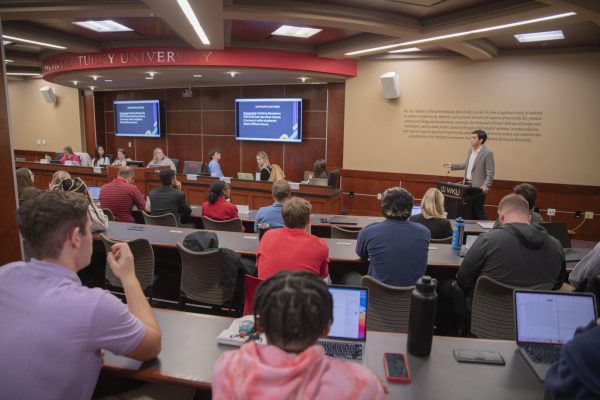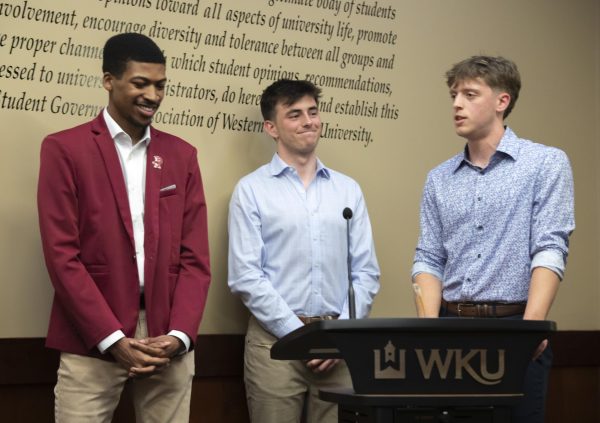WKU student caught up in Turkish ‘war zone’
June 7, 2013
The wave of protests across North Africa and the Middle East have spread into Turkey, where protestors have faced increasing police brutality in response. One WKU student studying abroad found himself right in the middle of the chaos.
Paintsville senior Nate Hovee has been in Turkey since September, where he is studying in Istanbul at Yeditepe University. Over the past week, the relative calm he has experienced for most of his stay has transformed into what he said looks like a “war zone.”
“If you walk through going down towards the Bosphorus Strait you notice that they have set up many barricades and the walkways have been torn up, bricks have been taken out, windows of vehicles have been smashed,” Hovee said.
Protests were initially sparked over Turkey’s Prime Minister, Tayyip Erdogan, and his decision to redevelop Gezi Park in Istanbul. They quickly turned into broader protests against Erdogan’s leadership, with some accusing him of authoritarianism and allowing his Islamist ideology to influence Turkey’s secular government.
“What the Turks are trying to do is fight for more of a fair government, more of a fair democracy, and they are not fighting for minority issues or some of the smaller things that have crept up in the media,” Hovee said. “It’s much larger than that.”
Hovee said the police have sprayed pepper spray, shot water cannons and used tear gas on the protestors and others.
“Not only were they firing against the demonstrators, but the police were also firing carelessly into crowds where the media were located,” he said. “They were just in the wrong place at the wrong time.”
In one instance, Hoyee said he saw a teenager chased by a tank with a water canon that sprayed him with pressurized water.
According to Hovee, there is a divide between the protestors and the police over religion and politics. He said the police officers he has spoken with agree with Erdogan’s “values.”
“It’s not just about Gezi Park,” he said. “That’s part of it, but there is a whole lot behind it, as far as anger toward the government and the democracy Erdogan is trying to make, which is not a democracy at all according to quite a few of the Turks here,” Hovee said.
As a broadcasting major, Hovee said he was motivated to record the police brutality he was witnessing to share with others, even as the police try to intimidate and “shove” the media away.
“I’m glad that I can use my skills in photography and videography to capture these moments that people need to see,” Hovee said.
He said he would estimate that the recent size of the combined protests at Gezi Park and Taksim square have swelled to more than 100,000 people. Across Turkey, he said the size of the protests continue to grow.
“I’m glad people are coming together and are united behind this cause,” Hovee said.
The frustrations against Erdogan and the government that caused the nation-wide protests have been brewing for years, Hovee said. However, previous protests have been not nearly as large as the current uprising against the government.
“This is something that needs to happen,” Hovee said.
Hovee said he is not sure what the next tactic of the police force will be, and said he wondered whether they will turn to lethal force against the protestors.
Even with increasing police brutality, though, Hovee said he thinks the protests will continue.
“I think that Turkey is not going to give up,” Hovee said. “These Turks are very steadfast in this movement.”


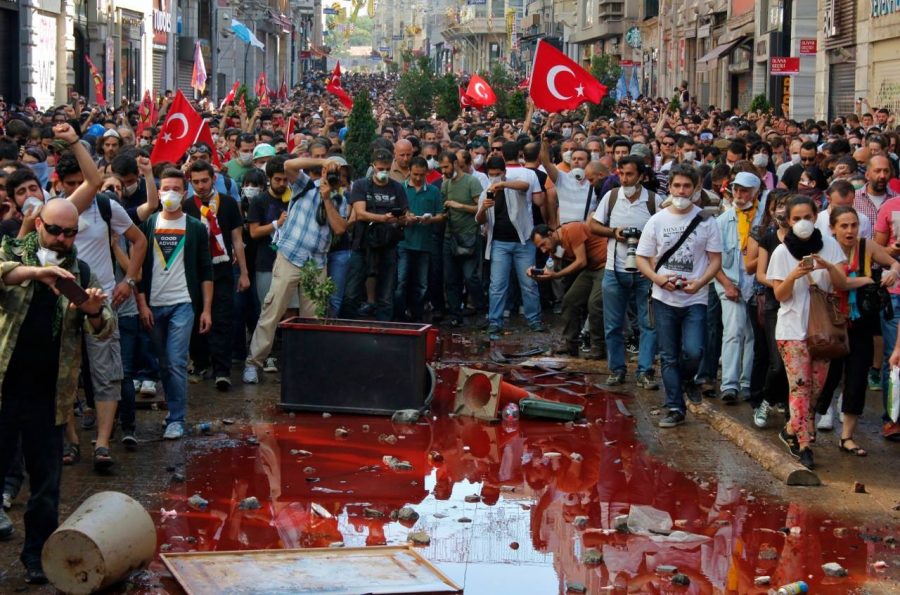










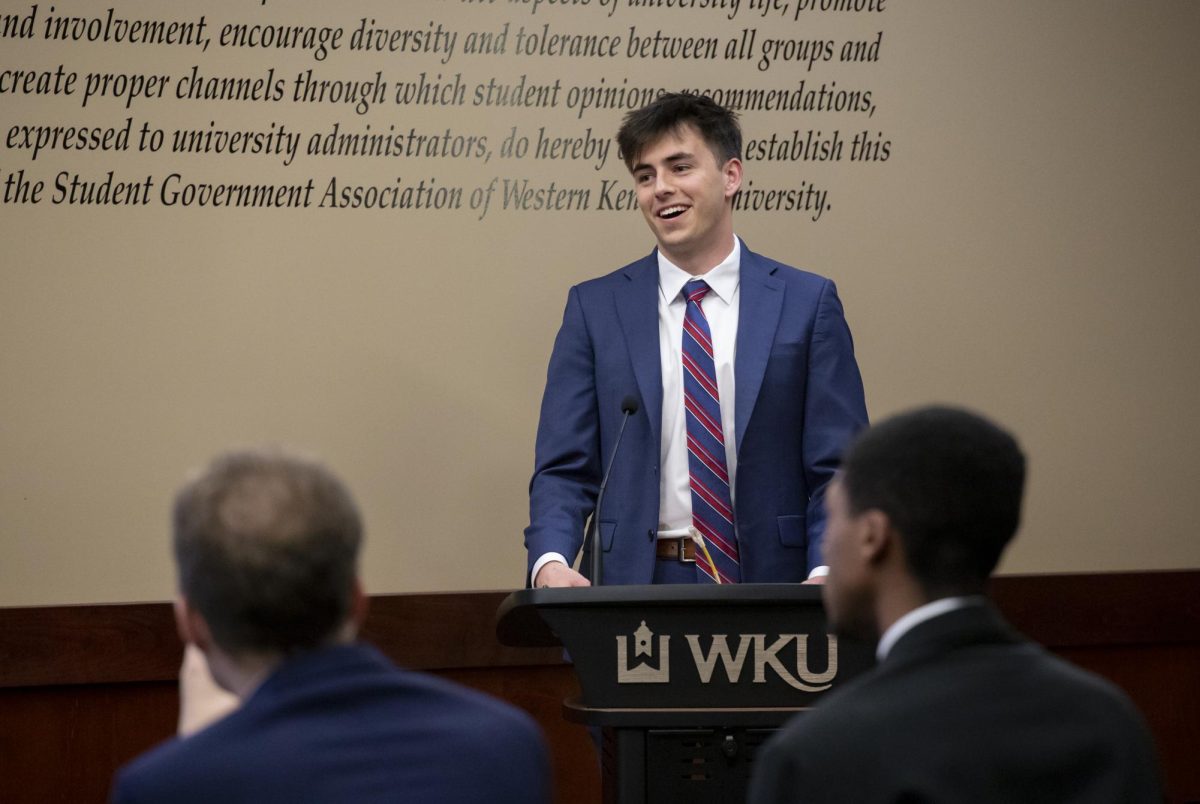
![Students cheer for Senator at Large Jaden Marshall after being announced as the Intercultural Student Engagement Center Senator for the 24th Senate on Wednesday, April 17 in the Senate Chamber in DSU. Ive done everything in my power, Ive said it 100 times, to be for the students, Marshall said. So, not only to win, but to hear that reaction for me by the other students is just something that shows people actually care about me [and] really support me.](https://wkuherald.com/wp-content/uploads/2024/04/jadenmarshall-1200x844.jpg)
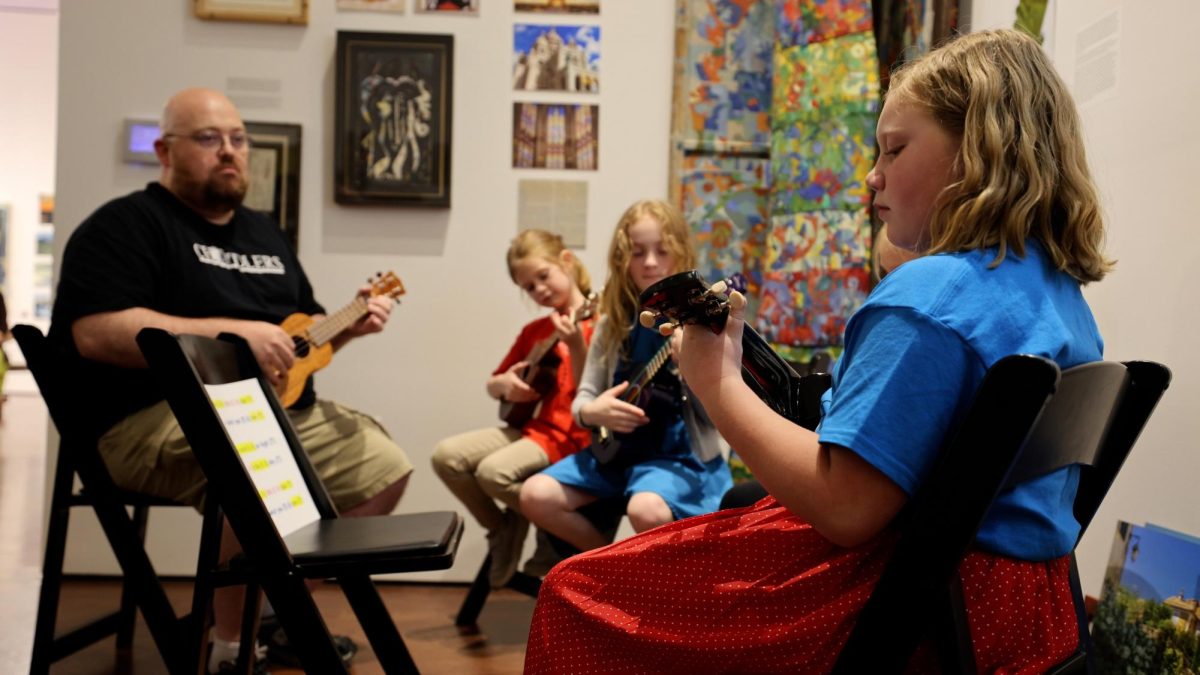

![Students cheer for Senator at Large Jaden Marshall after being announced as the Intercultural Student Engagement Center Senator for the 24th Senate on Wednesday, April 17 in the Senate Chamber in DSU. Ive done everything in my power, Ive said it 100 times, to be for the students, Marshall said. So, not only to win, but to hear that reaction for me by the other students is just something that shows people actually care about me [and] really support me.](https://wkuherald.com/wp-content/uploads/2024/04/jadenmarshall-600x422.jpg)





